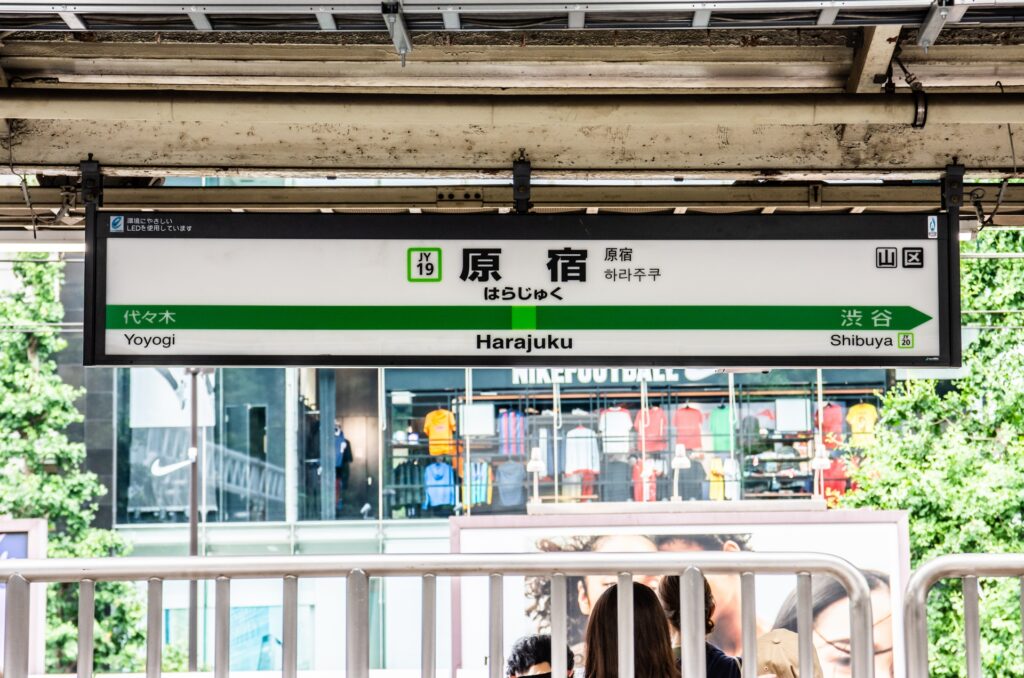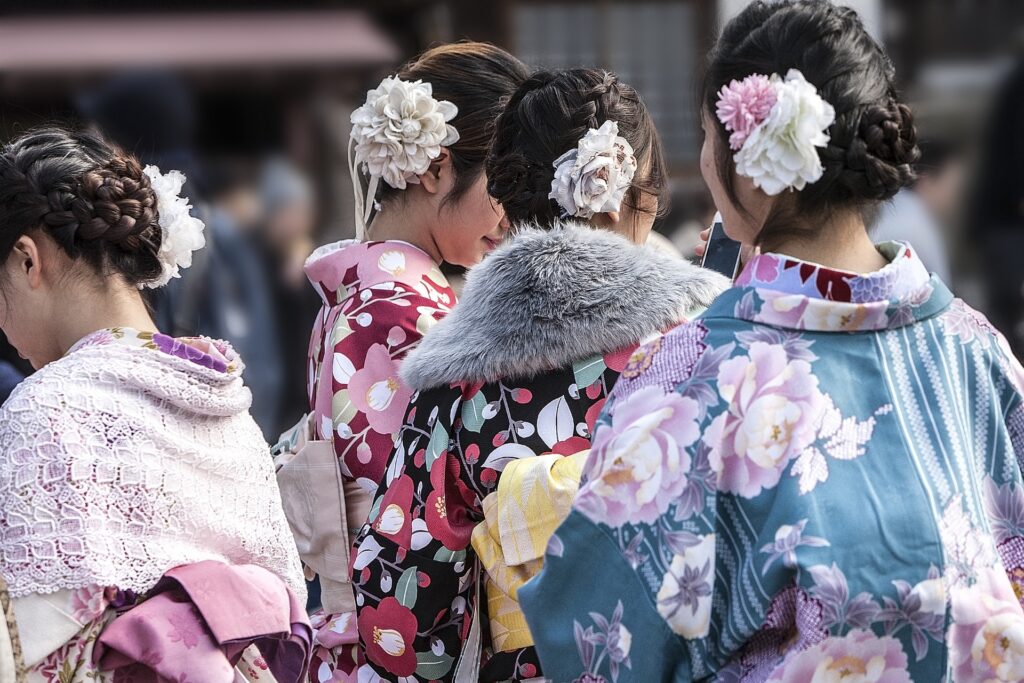Japanese streetwear fashion has garnered global attention for its unique blend of traditional elements and contemporary styles. From its humble beginnings to becoming a major influence in the fashion world, Japanese streetwear continues to evolve, reflecting cultural shifts and societal changes. This article explores the key milestones in the evolution of Japanese streetwear fashion, its iconic brands, and its impact on global fashion trends.
Introduction
Japanese streetwear fashion is a dynamic and ever-changing landscape that captures the essence of Japan’s cultural diversity and creative innovation. Known for its bold designs, attention to detail, and high-quality craftsmanship, Japanese streetwear has influenced the global fashion scene in significant ways. This article delves into the history and evolution of Japanese streetwear fashion, highlighting its key moments and iconic brands.
The Origins: Harajuku and Ura-Harajuku

The roots of Japanese streetwear can be traced back to the bustling streets of Harajuku and Ura-Harajuku in Tokyo. In the 1980s and 1990s, these neighborhoods became the epicenter of youth culture and fashion experimentation. Influenced by Western punk, hip-hop, and skate culture, young Japanese designers began creating unique styles that blended traditional Japanese aesthetics with modern streetwear elements.
Rise of Iconic Brands
The 1990s saw the emergence of several iconic Japanese streetwear brands that would go on to shape the fashion industry. Brands like A Bathing Ape (BAPE), founded by Nigo in 1993, and Undercover, founded by Jun Takahashi in 1990, became synonymous with Japanese streetwear. These brands introduced innovative designs, limited-edition releases, and collaborations with artists and other fashion labels, setting new standards for streetwear.

Influence of Western Culture
Western culture has had a significant impact on Japanese streetwear. American hip-hop and skateboarding culture, in particular, influenced the style and attitude of Japanese streetwear. This cross-cultural exchange led to unique interpretations and adaptations, resulting in a distinct Japanese streetwear identity. Collaborations between Japanese brands and Western artists further solidified this cultural fusion.
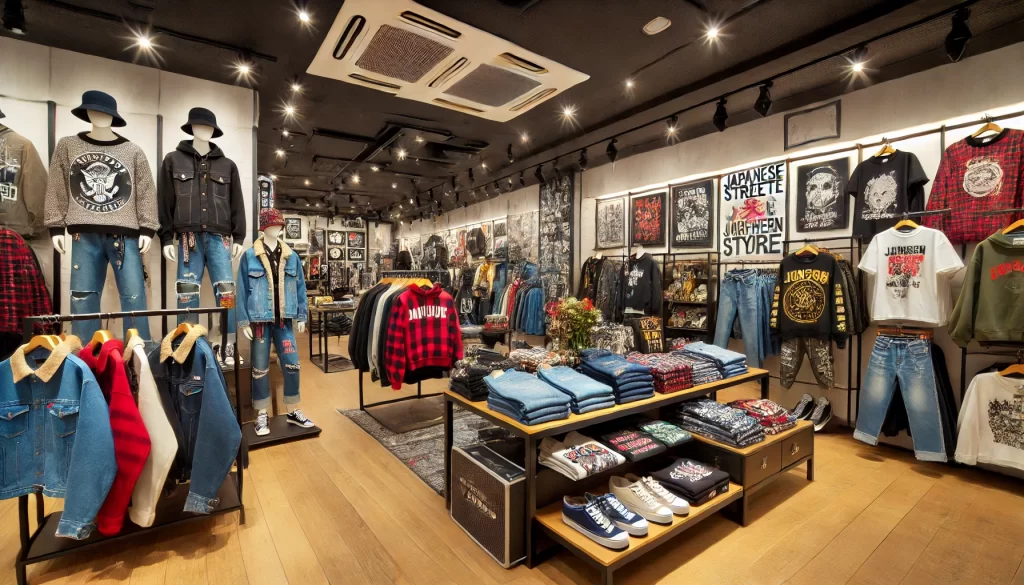
Global Recognition and Expansion
By the early 2000s, Japanese streetwear had gained international recognition. Brands like Comme des Garçons and Visvim started to make waves in the global fashion scene, with their collections being showcased at major fashion weeks. The rise of e-commerce also allowed Japanese streetwear brands to reach a wider audience, solidifying their place in the global market.
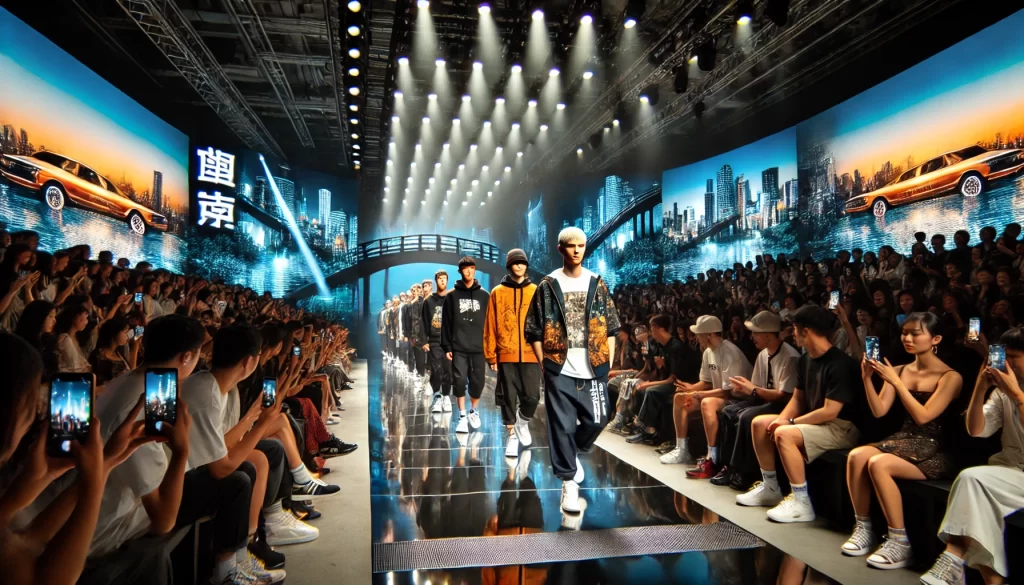
Modern Trends and Future Directions
Today, Japanese streetwear continues to evolve, embracing sustainability, technology, and social issues. Newer brands like Cav Empt and Sacai are pushing the boundaries of design and innovation. The influence of Japanese streetwear is evident in the collections of many Western designers, highlighting its lasting impact on the fashion industry.
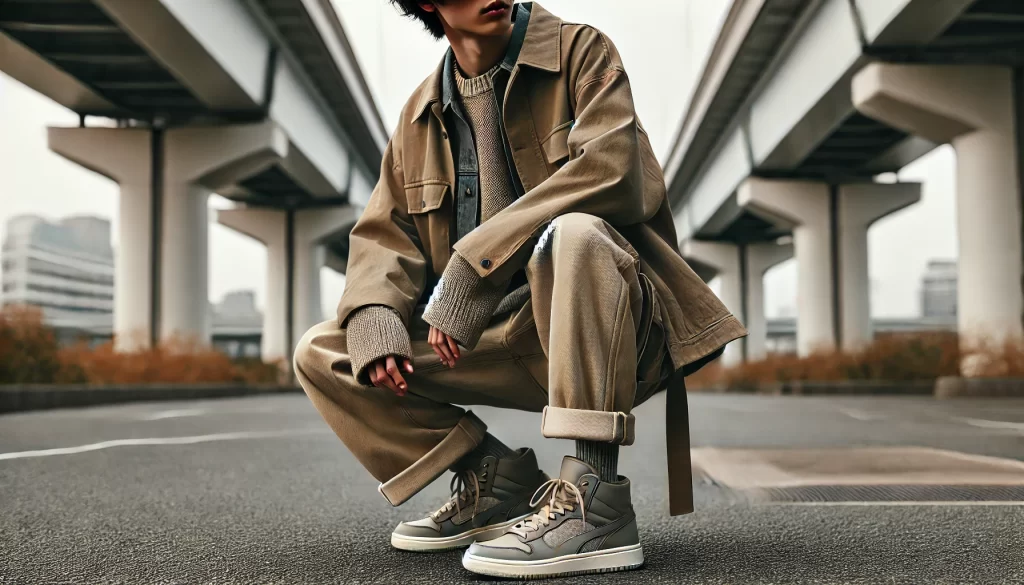
Conclusion
The evolution of Japanese streetwear fashion is a testament to the creativity and resilience of Japanese designers. From the streets of Harajuku to the global fashion stage, Japanese streetwear has left an indelible mark on the industry. As it continues to evolve, it remains a powerful force in shaping contemporary fashion trends.
What’s your favorite Japanese streetwear brand? Share your thoughts in the comments below and don’t forget to share this article with your friends who love fashion!
Keywords:
Japanese streetwear, Harajuku fashion, BAPE, Undercover, Comme des Garçons, Visvim, Japanese fashion trends, streetwear brands
Internal Links:
For the latest trends, Discover more!
External Links:
